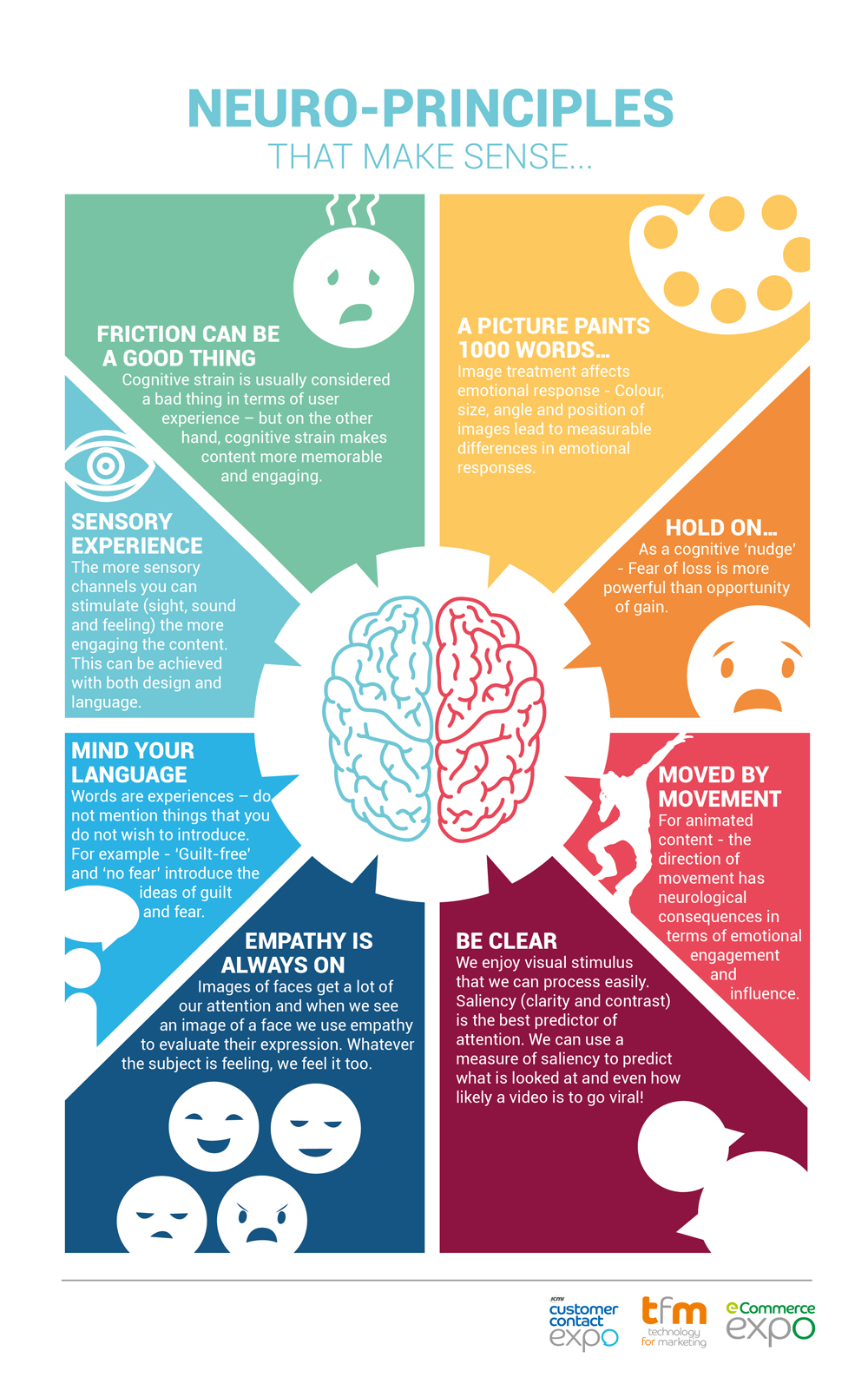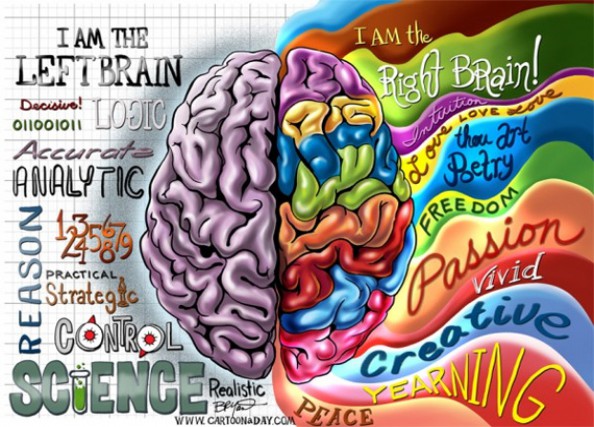The Neuroscience of Creativity: Understanding the Brain's Innovative Pathways
Creativity is often seen as a mystical force, an elusive spark that ignites the flames of innovation. We often hear about it in the context of art, but creativity goes far beyond painting or writing poetry. It's a fundamental aspect of problem-solving, entrepreneurship, and even our daily lives. So, what's happening inside our brains when we tap into this wellspring of ingenuity?
 |
| "You can't use up creativity. The more you use, the more you have." - Maya Angelou. |
Unravelling the Creative Brain
The creative process is intricately woven into the structure and function of the brain. It's not a single area but a complex interplay of various regions. The brain regions most closely associated with creativity are the prefrontal cortex, responsible for higher-level thinking, and the default mode network (DMN), linked to daydreaming and spontaneous thinking.
Neurotransmitters at Play
Creativity is also influenced by neurotransmitters. Dopamine, often called the "feel-good" neurotransmitter, plays a crucial role. When we experience a sense of reward or accomplishment during a creative task, dopamine is released, reinforcing the behaviour. This neurological reward system encourages us to keep being inventive.
The Role of Divergent Thinking
One hallmark of creativity is divergent thinking. This involves generating a multitude of ideas and solutions. It's a mental flexibility that allows us to see problems from various angles. The brain achieves this through the interplay of different neural networks, fostering a rich mental ecosystem.
 |
| Unlocking the creative potential: A closer look at brain structure. Source. |
Creativity and Emotional Intelligence
Emotions play a vital role in creativity. Emotional intelligence helps us understand our feelings and use them as a source of inspiration. When we tap into our emotions and express them through creative outlets, it can lead to profound and authentic creations.
 |
| Exploring the regions of the brain. Source. |
Enhancing Your Creative Potential
Creativity isn't solely a gift; it's a skill that can be nurtured. Here are a few tips to boost your creative potential:
1. Mindfulness Meditation: Engaging in mindfulness practices can enhance the connectivity of your brain's creative networks.
2. Take Breaks: Stepping away from a problem temporarily allows your brain to subconsciously continue working on it.
3. Variety of Experiences: New experiences and diverse knowledge feed your brain with fresh perspectives.
4. Collaboration: Interacting with others and sharing ideas can stimulate creativity.
 |
| Source. |
Understanding the neuroscience of creativity demystifies the process and empowers us to harness our inventive potential. It's a dynamic interplay of brain regions, neurotransmitters, and emotional intelligence. By nurturing these aspects, we can foster creativity in various aspects of our lives, from the arts to innovation and problem-solving. In a world that thrives on innovation, embracing the science behind creativity can be a transformative journey. So, tap into your neural pathways of ingenuity, and let your creative sparks fly.



.jpg)
